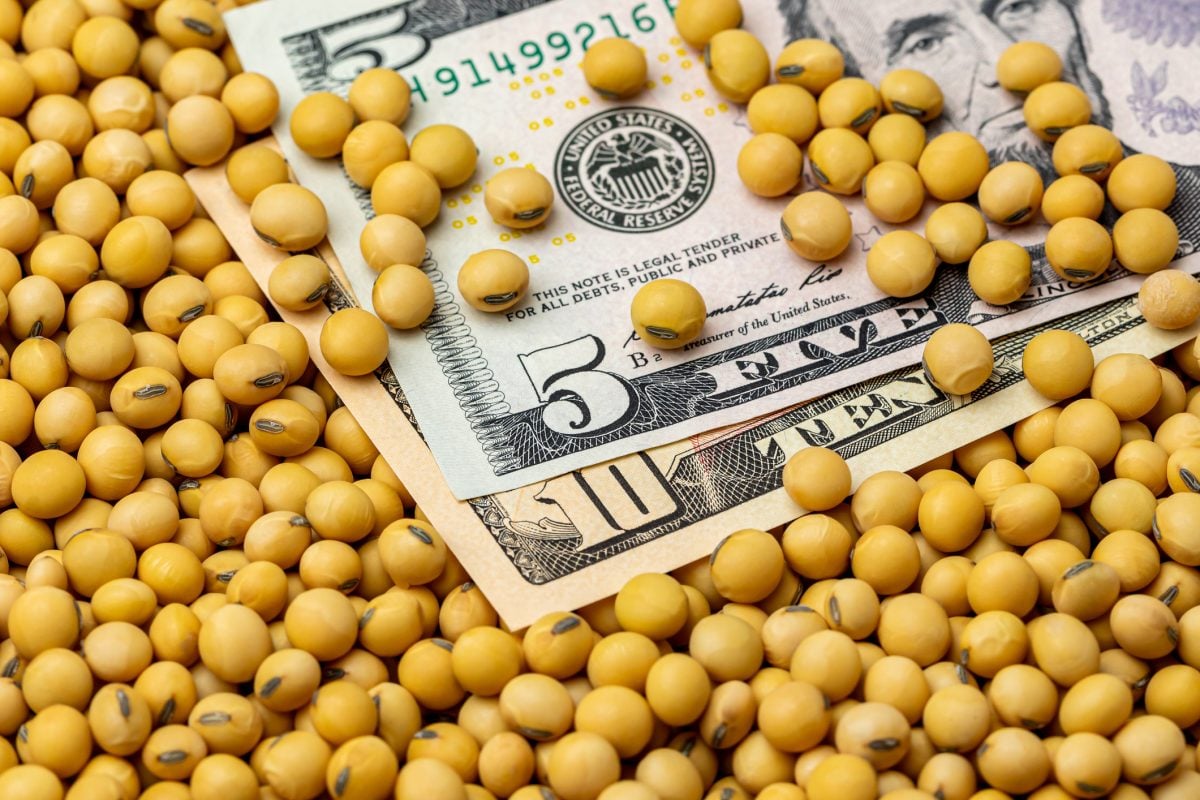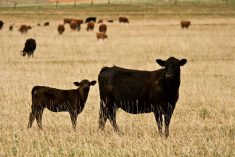Compared to last week, Western Canadian yearlings sold $4 to $6 lower while calves were extremely variable dropping $4 to as much as $10 in some cases. Many auction barns held feature sales last week and larger supplies weighed on the market. Weakness in the deferred live cattle futures also contributed to the softer tone. Feeder cattle prices are at similar prices as last year; however, feed grain prices are sharply higher year ago levels while a year-over-year increase of 200 million pounds is forecasted for U.S. second quarter beef production. During the fall of 2017, backgrounding calves were a losing proposition and operators are not going to make the same mistake. Current feeding economics didn’t justify previous price levels. U.S. feeder cattle markets were also down $3 to $5 from seven days earlier.
Read Also

U.S. grains: Soybean futures hover near 15-month high after China buys U.S. cargoes
Chicago Board of Trade soybean futures hovered near a 15-month high on Wednesday after trade sources said China made its first purchases from the autumn U.S. harvest ahead of a summit between leaders Donald Trump and Xi Jinping.
Very few packages of yearlings were on offer this week and quality is deteriorating at this time of year. In Central Alberta, Angus based fleshier steers averaging just under 950 pounds sold for $192; larger frame tan steers with medium to thicker flesh levels averaging 840 pounds sold for $201. Angus influenced yearling heifers averaging just over 800 pounds were quoted at $185 in Southern Alberta.
Calves appear to be heavier each year; however, 800 pound plus calves were trading $10 to $12 below yearlings of similar weight. In East Central Saskatchewan, red mixed steers averaging 825 pounds were quoted at $195; In Central Saskatchewan vaccinated shorter weaned Hereford based steers averaging 645 pounds were quoted at $211; Black semi weaned vaccinated heifers averaging 650 pounds were quoted at $183 in the same region.
Lighter calves traded in a wide range depending on quality. The 2019 August live cattle futures are trading at a $10 discount to the April contract which suggests that yearlings in February and March will be $10 to $15 below current levels. This feed grain market could still become hot if adverse conditions materialize in South America. There are some major risks for the lighter weight feeders and buyers are on the defensive. We’re early in the second period of the fall run. Buyers are up one goal over sellers with the score three to two.













